|
July, 2023
Sunny days means lots of surveys! This summer, Nongame staff are working on a variety of projects throughout the state:
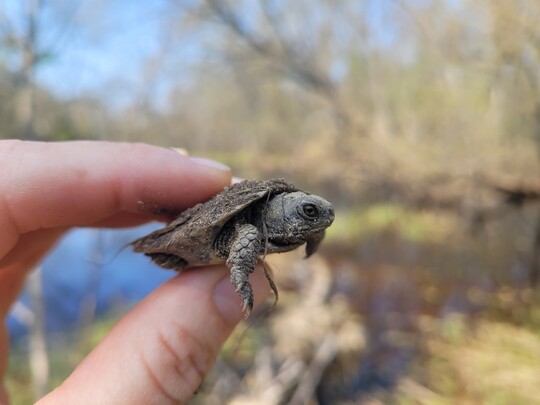 A young wood turtle
In northern Minnesota, we’re surveying for Dakota skipper butterflies, phlox moths, and four-toed salamanders. Staff are also monitoring Northern goshawks and collecting data on Blanding’s turtles.
We’re also working on our longer term projects, like our work with wood turtles. We’ve been restoring nesting habitat and doing long-term monitoring of nesting sites. This spring, staff found a young turtle (pictured) at one of our monitoring sites, basking in the sun on a pile of downed logs. This kind of discovery is very encouraging, as it shows our work is having an impact!
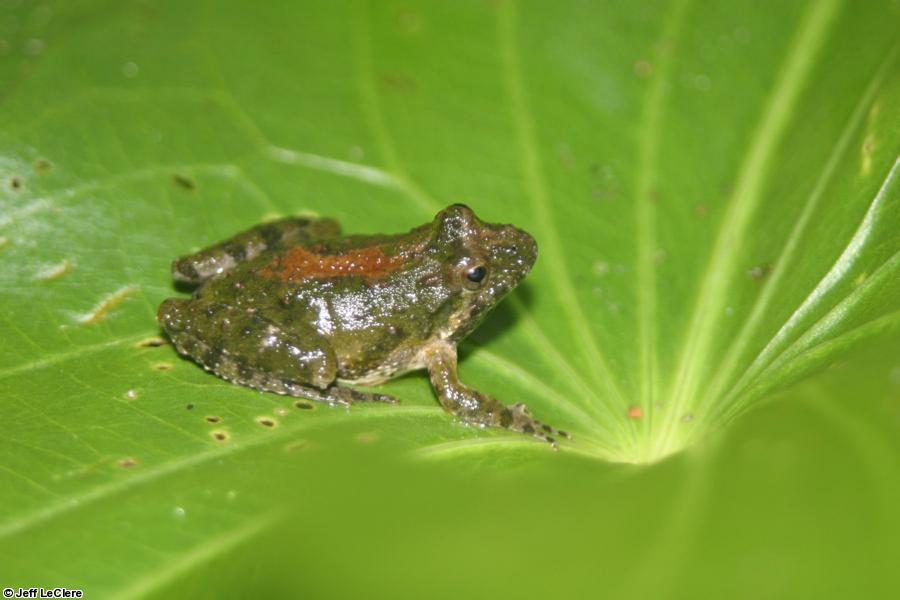 A Blanchard's cricket frog
In central Minnesota, staff are coordinating with the southern region to survey Blanchard’s cricket frogs (pictured). And you can help! Head over to our MN Cricket Frog Project webpage for more information.
We’re also tagging and tracking American kestrels at Arden Hills Army Training Site. Population trends for the American kestrel are on the decline, so we’re attaching nanotags to fledglings and tracking them for one year. This data will help us learn more about their primary threats and which life phase is most vulnerable to mortality. This project was partially funded by the Minnesota Environment and Natural Resources Trust Fund.
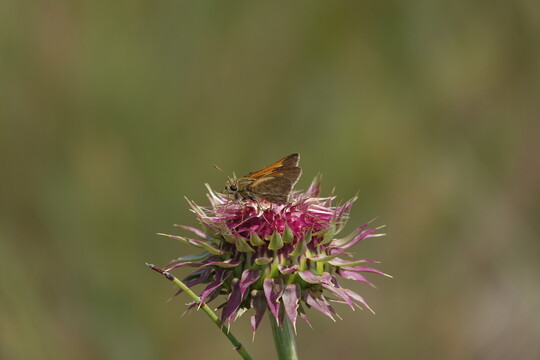 A skipper butterfly
In addition to surveying Blanchard’s cricket frogs, staff in southern Minnesota are searching the prairies for pollinators.
Staff have tried several habitat management techniques at the Hole-in-Mountain Wildlife Management Area over the years. As a part of this project, they are surveying the area to see how butterfly and bee communities (like the skipper butterfly pictured) are responding to the managed habitat. In addition to their surveys at Hole-in Mountain, staff are also surveying native prairie sites in the Prairie Coteau Conservation Focus Area.
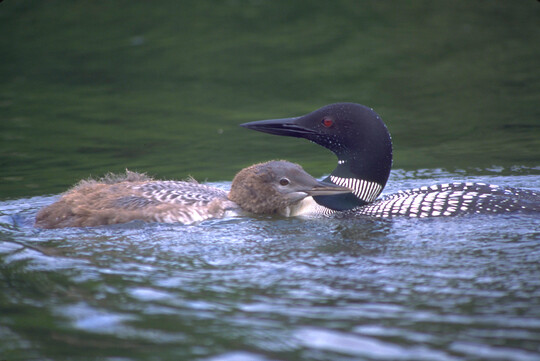 Loons on the lake
We’re also working on the Minnesota Loon Restoration Project. Our goal with this project is to reduce loon mortality and increase fledgling success of loons in Minnesota. Our staff are conducting loon lake surveys and monitoring to determine loon productivity. Basically, they’re examining Artificial Nesting Platform use, where the loons are, and how successful their nests are this season.
This is just a small snippet of the work we’re able to do thanks to your support!
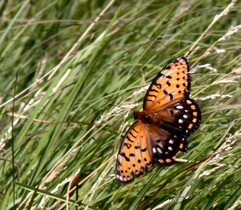
July is World Prairie Month, so we’re highlighting a prairie butterfly: the Regal fritillary.
At first glance, you might mistake the Regal fritillary for a monarch butterfly. They’re similar sizes, but these rare butterflies have black-blue hind wings and their wing undersides have a bold pattern of large, triangular silver spots on a dark brown background.
Regal fritillaries feed on floral nectar and their larvae feed on violets, like the prairie bird’s-foot violet. Females will usually mate once, then lay her eggs in the late summer. The larvae hatch after a few weeks, then enter a dormancy until the following spring, where they will begin to feed and grow.
You can learn more about regal fritillaries over on our Rare Species Guide.
|
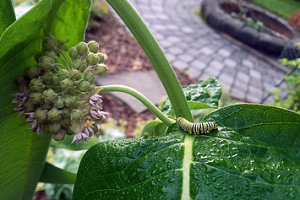
Now that the grass is green and flowers are blooming, you may be noticing more critters in your backyard. Curious about what they are? There are many apps available to help you identify who’s visiting your backyard!
-
Seek is powered by iNaturalist and great for identifying plants and animals alike! Simply take a photo of what you’d like to identify and the app will pull up information about the species.
-
eBird is similar to Seek, but focuses on birds. You take photos and/or audio recordings of the bird you’re noticing and the app will help you identify it. You can also record what birds you’ve found and submit your findings to help scientists around the world!
-
Merlin is made by the same organization as eBird, but has a unique feature; Shazam for bird calls! Simply take an audio recording of what you’re hearing and the app will pull up species for you. Our staff love this app and use it often.
Want more tips on how to connect to the nature near you? Check out our Nature Out Your Door webpages!
|
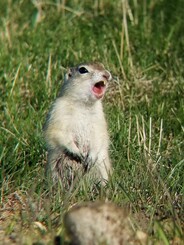
Richardson’s ground squirrels are a rare species in Minnesota. We’re on the eastern edge of their range and their populations are declining due to a lack of suitable habitat. Historically, the Richardson’s ground squirrel thrived in native prairie habitats, but Minnesota only has about 1% of native prairie remaining.
Richardson’s ground squirrels are small, only 11 inches from their snout to the tip of their tail. They usually have gray fur, with yellow coloring on their face, shoulder, and sides. They have two alarm calls, one for aerial predators and one for terrestrial predators.
Learn more about these small mammals over on our website.
|
 Photo by USFWS
When it gets hot, humans can turn on the AC. But about wildlife?
Check out “Cool Critters” by Mary Hoff to learn how Minnesota animals chill out in the summer.
|